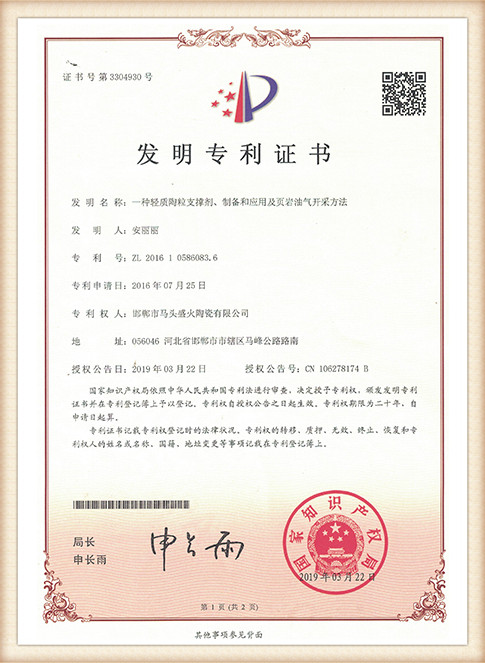The Advantages of Cast Iron Sand Casting
Cast iron sand casting is a well-established method in the foundry industry, widely known for its versatility and cost-effectiveness. This technique involves pouring molten iron into a sand mold made from a mixture of sand, clay, and water. The resulting castings feature exceptional mechanical properties and surface finishes, making them attractive for various applications.
One of the primary benefits of cast iron sand casting is its ability to produce complex geometries. The malleability of sand molds allows for intricate shapes that would be challenging to achieve with other manufacturing processes. This capability makes sand casting ideal for producing components such as engine blocks, pipes, and machine parts that require detailed designs without incurring excessive costs.
Moreover, cast iron itself possesses excellent wear resistance and durability, characteristics that are essential in many industrial applications. The high carbon content in cast iron gives it a low melting point, which facilitates easier casting operations. This factor, combined with its ability to retain and dissipate heat efficiently, makes it a preferred choice for high-performance components in automotive, aerospace, and heavy machinery sectors.
cast iron sand casting

Furthermore, the sand casting process is environmentally friendly compared to other casting methods. The materials used can be reused multiple times, reducing waste. Modern foundries have also adopted greener practices by minimizing emissions and implementing recycling programs for foundry sands. This emphasis on sustainability is increasingly important as industries strive to reduce their carbon footprints.
The flexibility of sand casting extends to the production scale. This method can effectively cater to both small-scale prototypes and large-scale production runs. For manufacturers, this adaptability means that they can pivot quickly to respond to market demands without significant changes in facilities or equipment.
Despite its advantages, there are challenges associated with sand casting, such as ensuring mold integrity and managing the cooling process to avoid defects like shrinkage and porosity. However, advancements in technology and techniques, such as computer-aided design (CAD) and simulation software, have significantly improved the accuracy and consistency of sand castings. These innovations allow for better process control, leading to higher quality and more reliable products.
In conclusion, cast iron sand casting offers a host of benefits, including design flexibility, durability, and eco-friendliness. As industries continue to evolve and seek efficient manufacturing solutions, the importance of sand casting, particularly with cast iron, is likely to grow. This method not only meets the demands of modern manufacturing but also aligns with the principles of sustainability, making it a vital process in today’s economy.
Post time:Қыр . 28, 2024 15:05
Next:Find Reliable Suppliers for Quality Sand Casting Services and Materials
